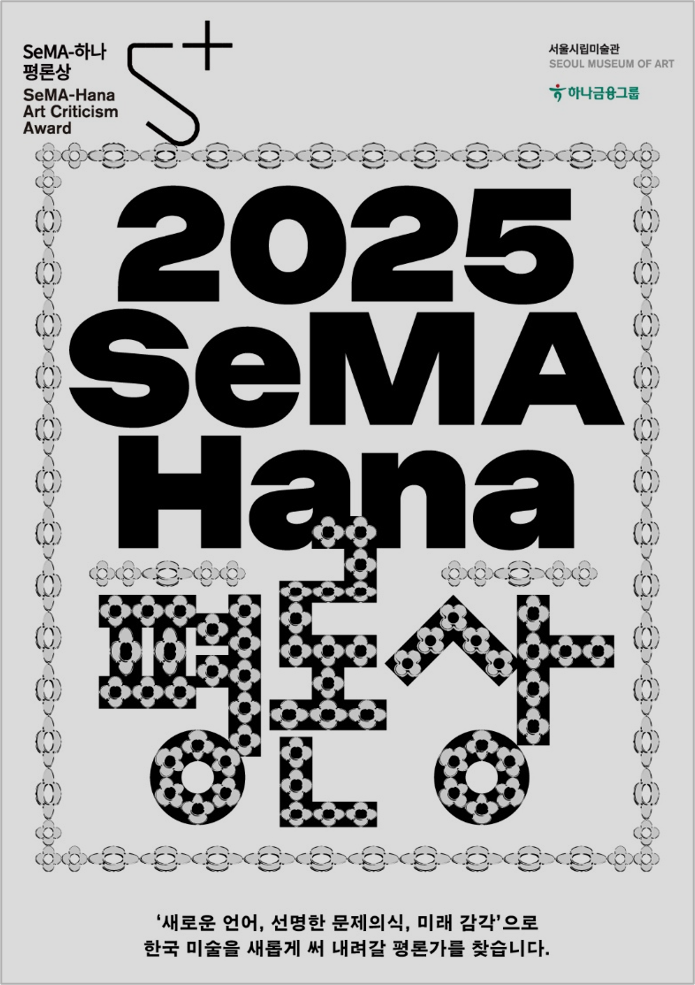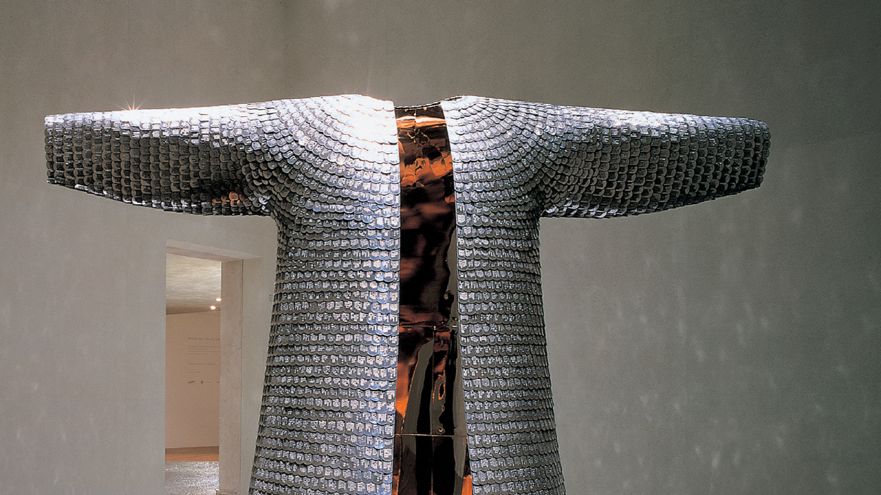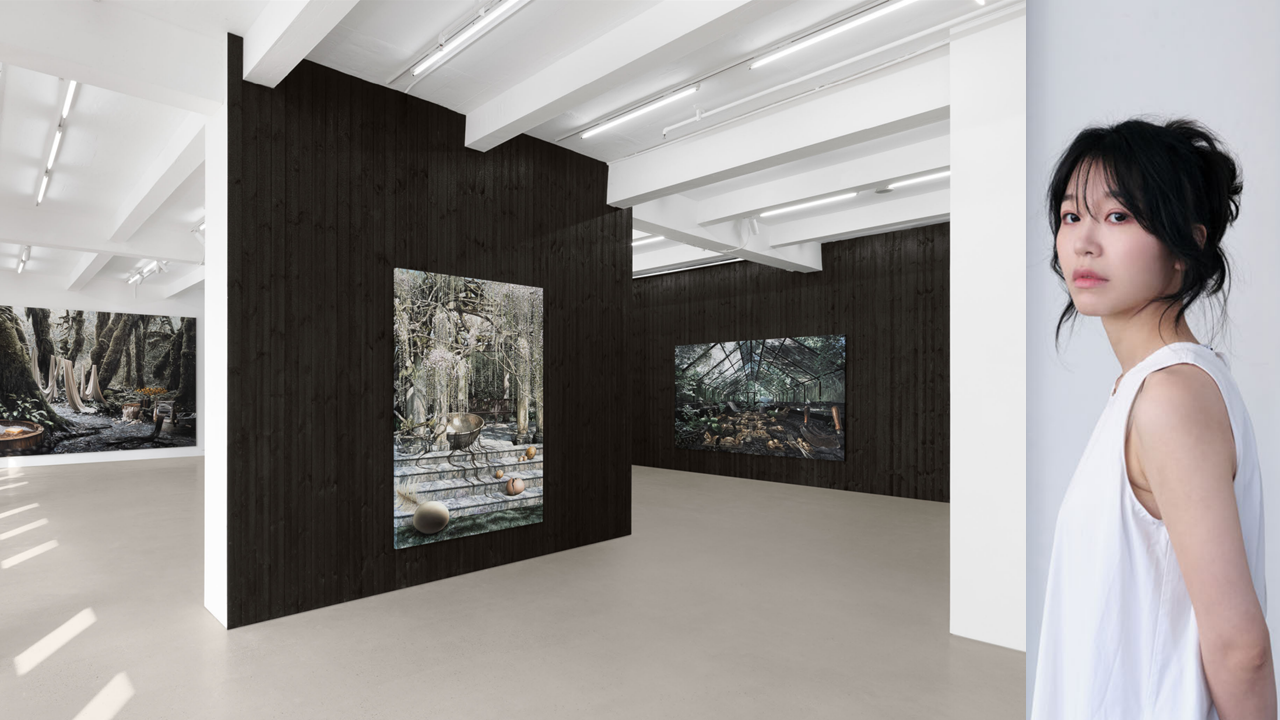The Kimsechoong Museum reported that his year’s recipients of the Kim Se-Choong Sculpture Award are Kiwon Park (1964) and Oh Jong (1981) on May 27, 2022.
 Artist Jong Oh and artist Kiwon Park. Courtesy of the artists and the Kimsechoong Museum.
Artist Jong Oh and artist Kiwon Park. Courtesy of the artists and the Kimsechoong Museum.The Kimsechoong Museum’s annual award program was launched in 1987 to commemorate the artistic achievements of artist Kim Se-Choong, one of the leading figures of Korean contemporary sculpture.
The award for young artists was established in 1990 to discover and foster emerging artists under the age of forty. The award for young artists extended the age limit to forty-five in 2017. To date, a total of seventy-eight established and emerging artists have won these awards.
The candidates are recommended and juried by a panel of five distinguished academics in Korea. The two winners were selected through a secret discussion and vote after screening the artist’s portfolios and video footage of the artworks.
Among a total of six artists for the Kim Se-Choong Sculpture Award and eight artists for the young artist award, Park and Oh were recognized for their groundbreaking achievements in the field of sculpture, their originality in their artworks, and their consistency throughout their artistic practices.
The Korean Art Writing and Publishing Award, which is awarded together with the sculpture awards was returned to Kim Young-ae, who is a women art historian, publisher, and entrepreneur

Installation view of Jong Oh's 'Surface Water #4' (2016). Courtesy of the artist and the Kimsechoong Museum.
Kim Se-Choong Sculpture Award for Young Artists – Jong Oh (b. 1981)
Certain concepts come to mind when thinking of the word sculpture. Traditionally, sculpting is considered a three-dimensional genre with mass and volume. Yet, artist Jong Oh’s installation works are nothing close to these characteristics since he uses the lightest and smallest materials in volume.
Oh uses inconspicuous materials, such as thread, iron rods, wires, and Plexiglas, and applies a minimalistic approach throughout the creation process
The threads or thin lines create subtle tension and tremors. Materials such as transparent acrylic give a vague sense in terms of the separation of the space. He also uses images that suggest depth, such as photos of the sea’s surface, to experiment with three- and two-dimensionality.
Oh also considers a given spatial situation a crucial factor in his works and spends most of his time researching the site rather than its creation.
To Oh, the same space can constantly change with light, shadows, cracks in the walls, and temperature. By studying spatial elements, including space, air, and light, Oh suspends and interconnects the materials to create ethereal minimal sculptures. His works are more like geometrical drawings or architectural structures that suggest simple three-dimensional spaces providing an opportunity for the viewers to experience the space in a new way.

Installation view of Jong Oh's 'Untitled 1 (chair series)' (2011). Courtesy of the artist and the Kimsechoong Museum.
Jong Oh has held numerous solo exhibitions at the Doosan Gallery (Seoul and New York, 2021), the Seoul Museum of Art (Seoul, 2018), the MARSO Foundation (Mexico, 2014), and the Mark Strauss Gallery (New York, 2014). He has participated in numerous group exhibitions at Songeun Art Space (Seoul, 2020), P21 (Seoul, 2020), ZKM (Karlsruhe, 2019), the Art Sonje Center (Seoul, 2018), and Brick (New York, 2012). He was awarded the Excellence Award at the 20th Songeun Art Awards (Seoul, 2021).
Kim Se-Choong Sculpture Award – Kiwon Park (b. 1964)
Kiwon Park’s sculptural works respond to a given spatial situation. Instead of giving a shape to something like the traditional form of a sculpture, Park heeds the environment of the exhibition space and adds simple yet immediate elements to the surroundings to emphasize the space.
Park’s site-specific installations suggest viewers appreciate the set or environment in completely new ways by adding the artist’s unique insight. To highlight the space, he applies minimal changes using various materials, such as wire, transparent vinyl, air tubes, plastic mirrors, sheet paper brushed with oil coloring, and LED lighting.
In The Light Weight, an installation work presented at the Museo Nacional Centro de Arte Reina Sofia in Madrid in 2006, Park noticed that the museum wall had a thick, heavy texture, and he transformed the exhibition hall into a place that gives a drastically different impression. To give a sense of lightness, warmth, and transparency to the space, he filled the area with inflatable pads and industrial oil.
Another example is Scenery at the National Museum of Modern and Contemporary Art in Gwacheon. Park emptied the main hall and covered the walls and floors with sheet paper brushed with jade-colored oil paints to emphasize its spatial elements.

Installation view of 'Scenery'(2010) at the National Museum of Modern and Contemporay Art, Gwacheon. Courtesy of the artist and the museum.
Kiwon Park has been recognized for broadening the scope of the sculptural genre. He represented Korea Pavilion at Venice Biennale in 2005 and was awarded the ‘Korea Artist Prize’ in 2010 by the National Museum of Modern and Contemporary Art (MMCA). He has held solo and group exhibitions in various places around the world, including Seoul, Busan, Beijing, Madrid, and Venice. Park’s works are in the collections of the National Museum of Modern and Contemporary Art, Seoul, the Amorepacific Museum of Art, the Louis Vuitton Foundation, the Cheongju Museum of Art, and the Daegu Art Museum.































